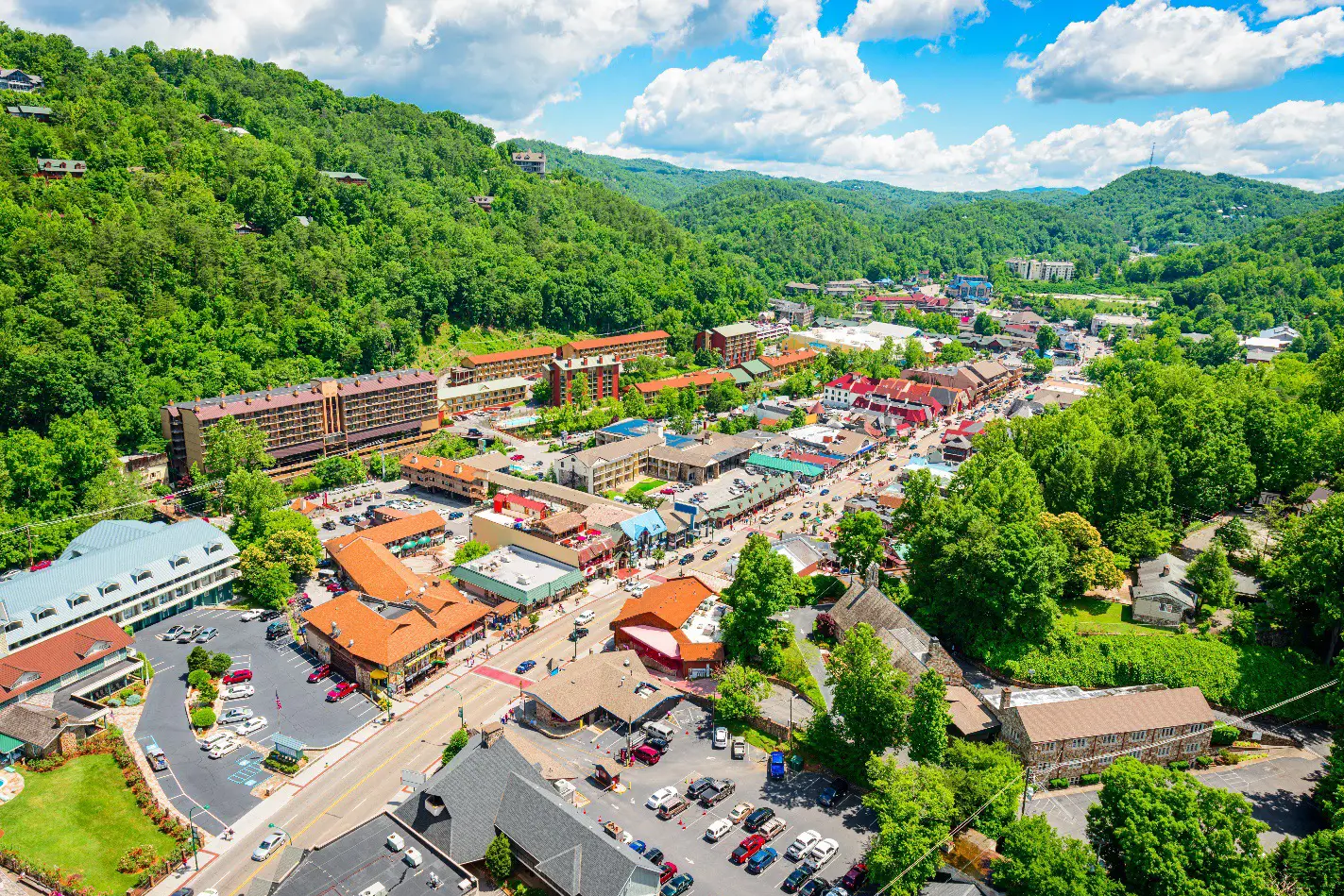Thousands of railway workers in the UK went on strike Saturday, October 1st, and it is not over yet.
It is the first time the four unions – RMT, Aslef, Unite and the TSSA – joined forces to walk out on the same day. More than 50,000 workers took part in the strike resulting one of the worst rail disruptions in decades.
The unions called for the strike after talks stalled with the government and rail companies. Strikes planned for last month were postponed because of the mourning period after the death of Queen Elizabeth II.
The unions say salaries should increase to reflect the rising cost of living as the country has seen the worst inflation rate, 10%, in the past 40 years.
No trains ran in many areas, with no direct rail services at most of the intercity routes between London to Birmingham, Manchester and Edinburgh. Only about one in 10 services ran.
“We haven’t had a pay increase since 2019 and we are all struggling. People are not sitting down talking,” said Suzanne Lewis, an RMT union member in Kent.
“Until they sit down with our leader, Mick Lynch, and talk properly, there are going to be strikes all the time.”
Another member, Chris Joyce said, “I have never known food poverty in this country, we are going back to the 1950s and it’s disastrous. Lots of different unions are on strike today as part of the enough is enough campaign,”.
CWU member, Aubery John said, “It’s gonna be a difficult winter for everyone — it already is. We don’t want to strike, we have been forced to strike, no one can afford to take a pay cut.”
Network Rail announced two more planned strike actions. The next strike will be on Wednesday, October 5. It will be strike action by the ASLEF union.
And on Saturday, October 8, RMT will go to another strike.
NetworkRail said that passengers should only travel by train if their journey is absolutely necessary, plan ahead and check before you travel. On the days that follow strike action (Sunday 2, Thursday 6 and Sunday 9 October), you should also expect disruption due to the knock-on impact of industrial action on shift patterns.
Source: AA















